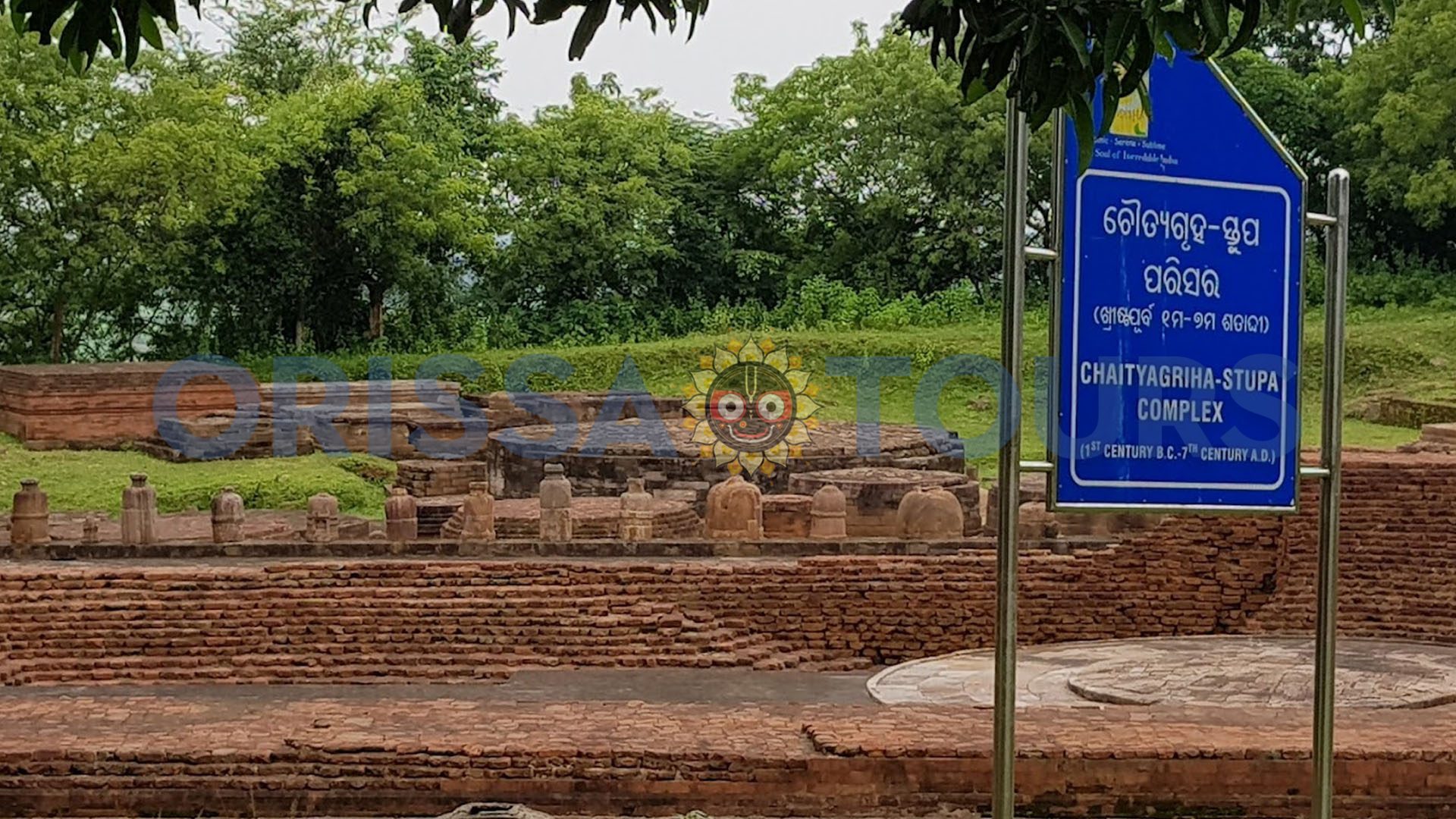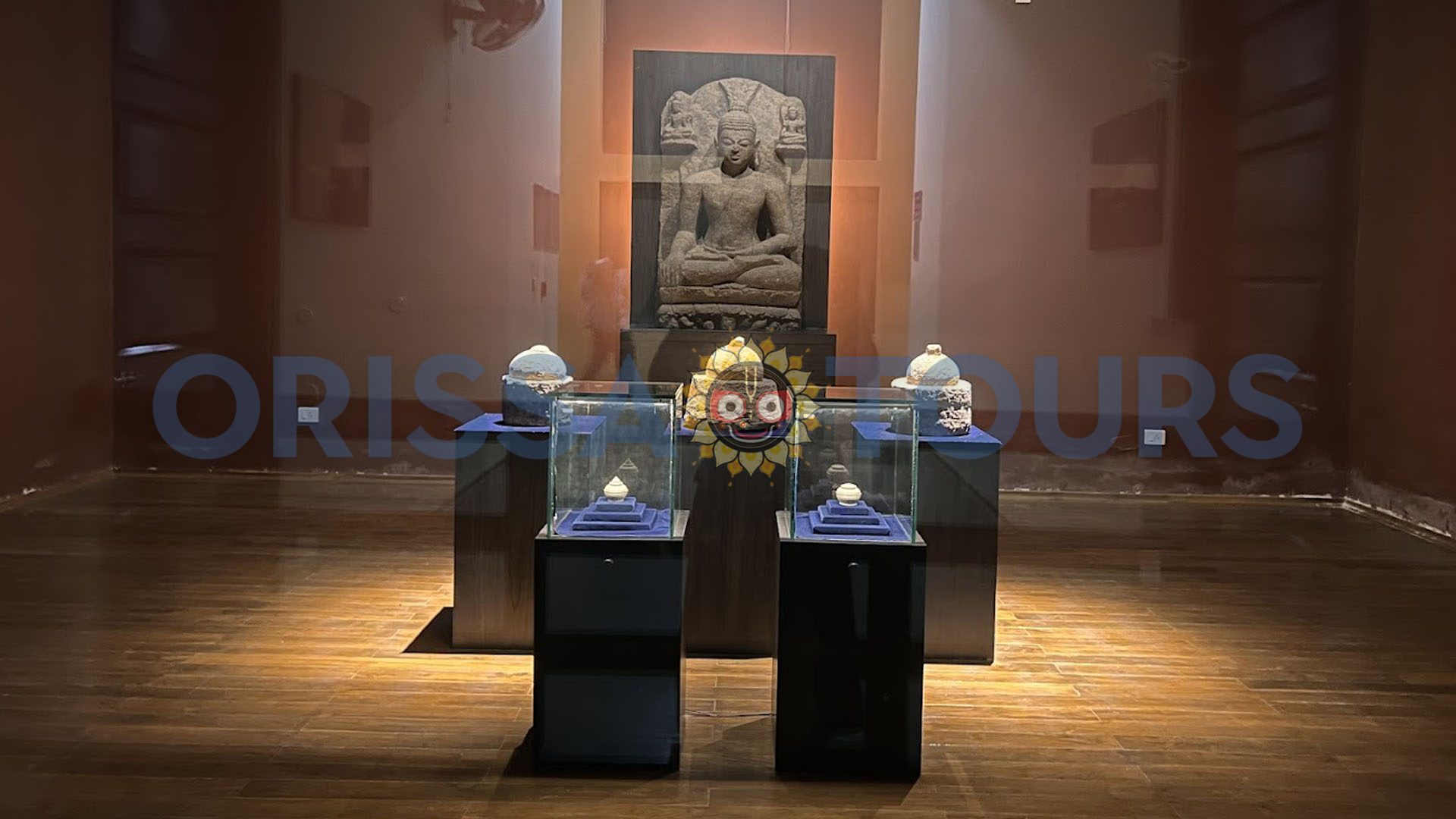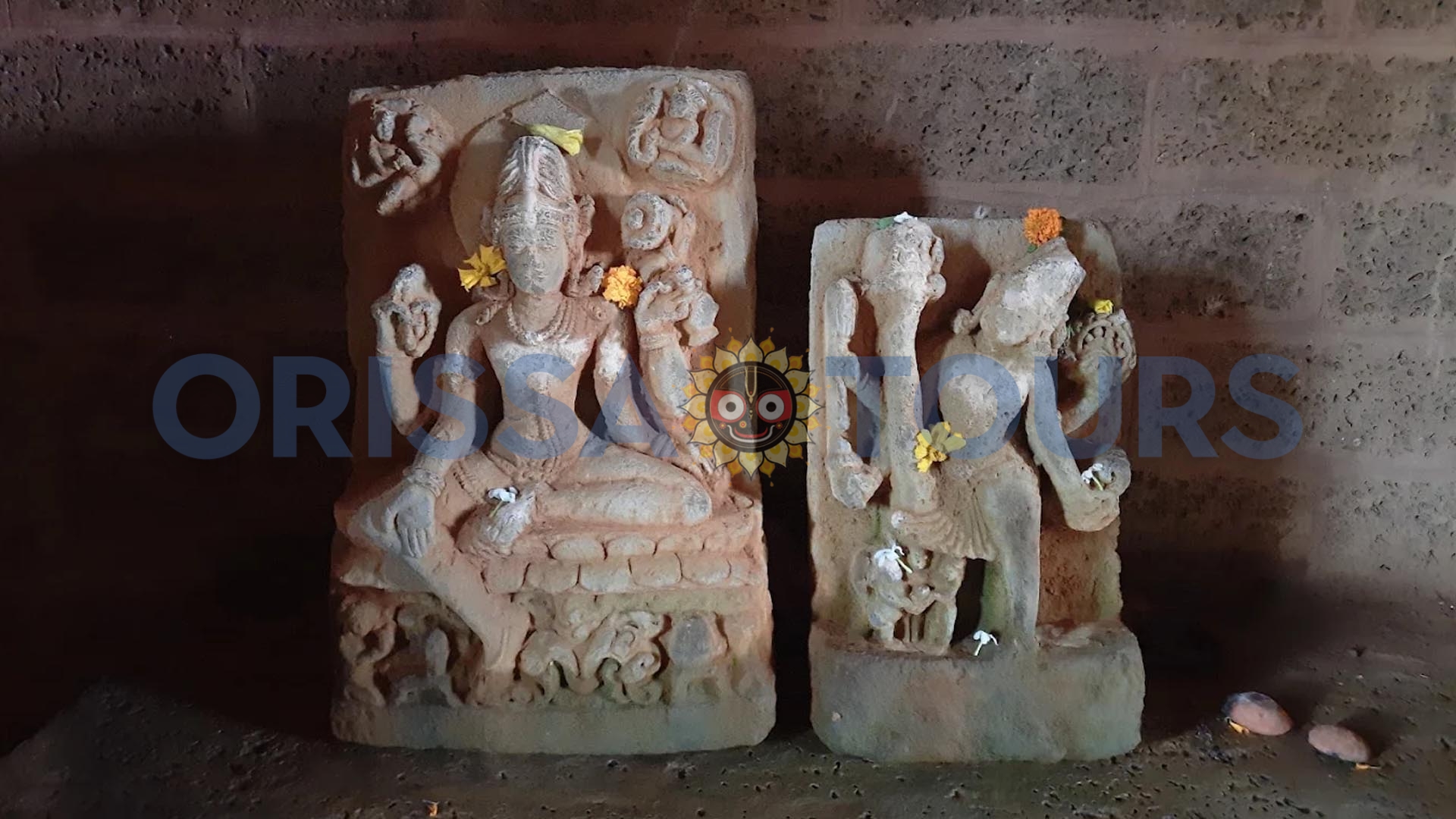The Lalitgiri Buddhist Complex is located in a remote location in the Birupa River valley’s hills in Cuttack district and represents the neo-Buddhist heritage, and is one of the ancient Buddhist sites of Odisha. Lalitgiri formed part of the famous “Diamond Triangle,” which consists of Robtangiri, Udayagiri, and Lalitgiri, which are three archaeological sites of importance that were vigorous with Vajrayana Buddhism.
Founded in the 1st Century BCE, being a continuous historical presence in addition to the Kushana and Gupta periods will give Lalitgiri a wealth of archaeological significance. For the historian or spiritual seeker, you may easily conclude that a journey to Lalitgiri will take you back to the time when Buddhist monks practicing meditation used to walk these hills. It is a highlighted Buddhist pilgrimage site that provides the most significant perspective into the spiritual past of India.
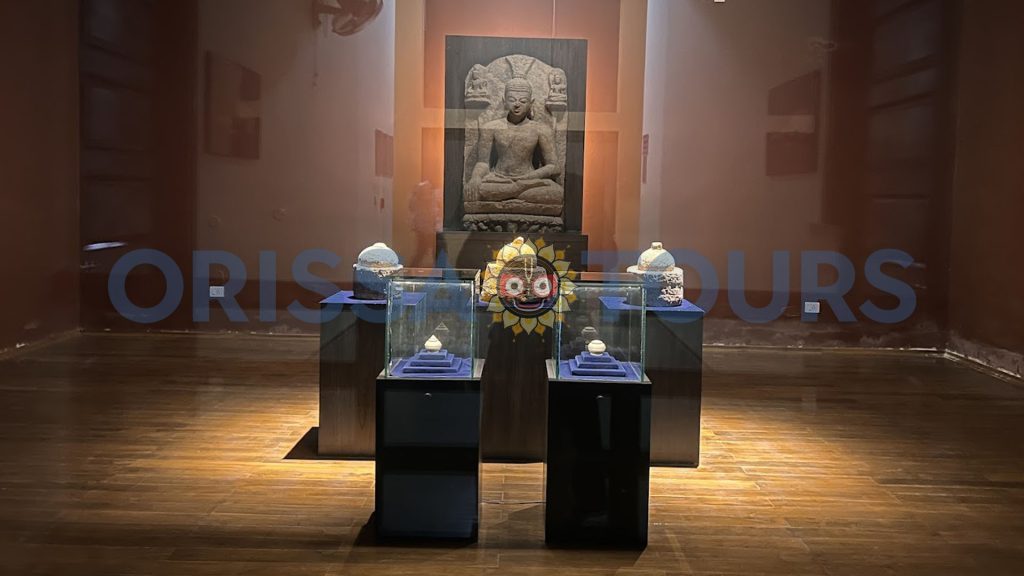
A Walk Through Ancient Ruins: Exploring the Monasteries and Stupas
Walking through the Lalitgiri Buddhist Complex is like wandering through the pages of an open-air history book. The complex of expansive ruins contains many monastic structures, or viharas, which include cells that housed monks, academic spaces, a large chaitya, or prayer hall, countless ancient stupas distributed across the hillock, as well as one big stone stupa that is located on top of the hill, providing panoramic views of the surrounding landscape.
What stands out most are the huge stone steps to reach the hilltop, allowing you to witness the elaborate carvings and architectural debris, which tell of the majesty of the site in its heyday. A deeply immersive encounter, this experience allows you to follow the footsteps of monks from centuries ago directly, enclosing you within the storied archaeological wonders of a place long gone, and the deep history of Buddhism within the region.
The Sacred Relic Caskets: Lalitgiri’s Crown Jewel
Lalitgiri Buddhist Complex was put on the world map with the extraordinary discovery of a sacred relic casket believed to contain the ashes of Lord Buddha. The find was made in the core of a stupa during its excavation. The caskets were made of stone, silver, and gold: they were nested in one another, which is a traditional practice for placing sacred relics.
This remarkable find provided physical proof that Lalitgiri was a significant sacred site for Buddhist practitioners and for relic worship. It demonstrated its status beyond a study and meditation, to a place of ultimate veneration. There is no doubt that it represents a huge attraction for pilgrims and lends a depth of spiritual significance to the complex as a whole.
The Archaeological Museum: A Treasure Trove of History
If you want to appreciate the sheer scale of finds at Lalitgiri, you need to visit the on-site Archaeological Museum. This is a very well-done museum with an amazing exhibition of items dug from the Lalitgiri complex, and it is an exceptional conservation of its historic integrity. The display cabinets contain some magnificent stone sculptures of the Buddha in various meditative postures, magnificent door openings, beautiful statues of bodhisattvas such as Avalokiteshvara, and many inscriptions.
We cannot forget the replicas of the relic caskets. The unique story associated with each piece of art will help you assemble the talents of the people who inhabited this area, the artistic opportunities experienced, and the religious practices established, so visiting the Archaeological Museum is an essential part of gaining excellent insight into the extent of Buddhist heritage at the site.
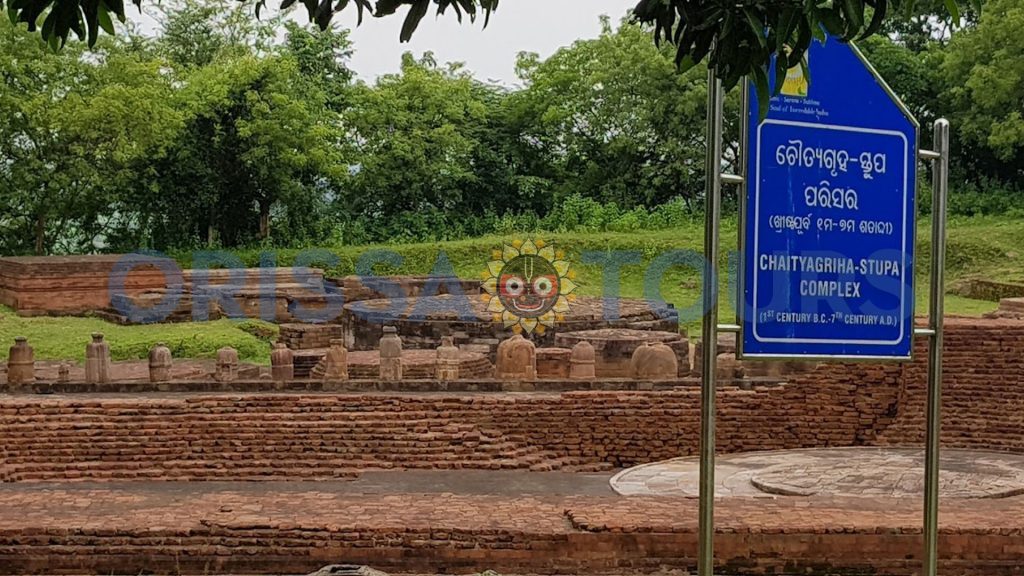
The Spiritual Ambiance: Experiencing Peace and Serenity
Past the stones and statues, the true wonder of the Lalitgiri Buddhist Complex is the spiritual feeling that can be experienced here. Situated on top of a small hill, you feel enveloped in calmness that is only disturbed by the sounds of the wind and birds. The greenery is endless, and the energy of this ancient, sacred Buddhist site is delicate and perfect for soft contemplation and meditation.
Whether you are a devout Buddhist on pilgrimage or simply a traveler looking for a few moments of peace, the atmosphere of Lalitgiri is peaceful enough to assist in calming your own spirit. It is a place that you can sit, reflect, and feel the prayerful presence of centuries of worship that have sanctified this land.
Visitor Essentials: Making the Most of Your Pilgrimage
A little bit of foresight will help if you want to enjoy your visit to the Lalitgiri Buddhist Complex. Lalitgiri is around 90 km from Bhubaneswar, which means a visit here is easily combined into a day trip. If you want to get the most out of your visit, the best time to go is between October and March, when the weather is most agreeable for wandering around the open ruins.
So wear your most comfortable shoes for climbing and bring your own water, and remember that this is an archaeological and spiritual site, and you should remain respectful while there. You can couple your visit with the other two points in the Diamond Triangle – Ratnagiri and Udayagiri, which will put you fully in touch with the Buddhist heritage of the region. Visiting the spiritual heartland of Odisha will be an unforgettable journey for anyone interested in history or culture.
Tourist Facilities, Transportation, Tourist Attractions, How to Reach, Accessibility
Opening Time
Lalitagiri Buddhist Complex timings are every day from 9.00 am in the Morning to 5:00 pm in the Evening.
Best Time to Visit
The Best time to visit Lalitagiri Complex is at all times of the year.
Entry fees
Lalitagiri Buddhist Complex Entry fees for Indians – Rs.15, For Foreigners – Rs. 200
Closest Bus Stand and Distance
The Closest Bus stand is Balichandrapur, which is located around 5 Km distance from Lalitagiri Buddhist Complex.
Closest Railway Station & Distance
The Closest Railway Station is Cuttack, which is located around 50 Km distance from Lalitagiri Buddhist Complex.
Closest Airport and Distance
The Closest airport is Biju Patnaik International Airport, which is located around 90 Km distance from Lalitagiri Buddhist Complex.
